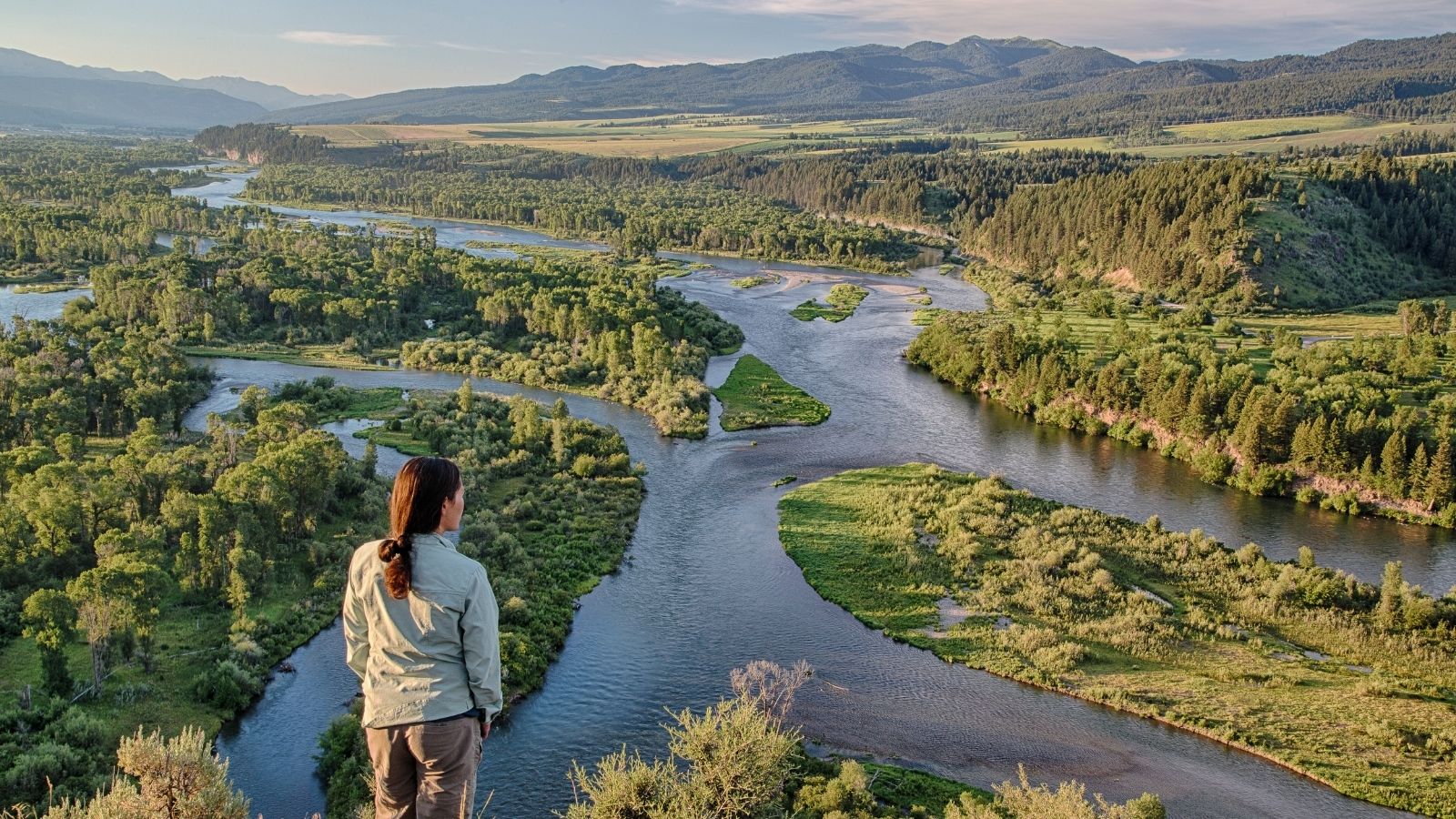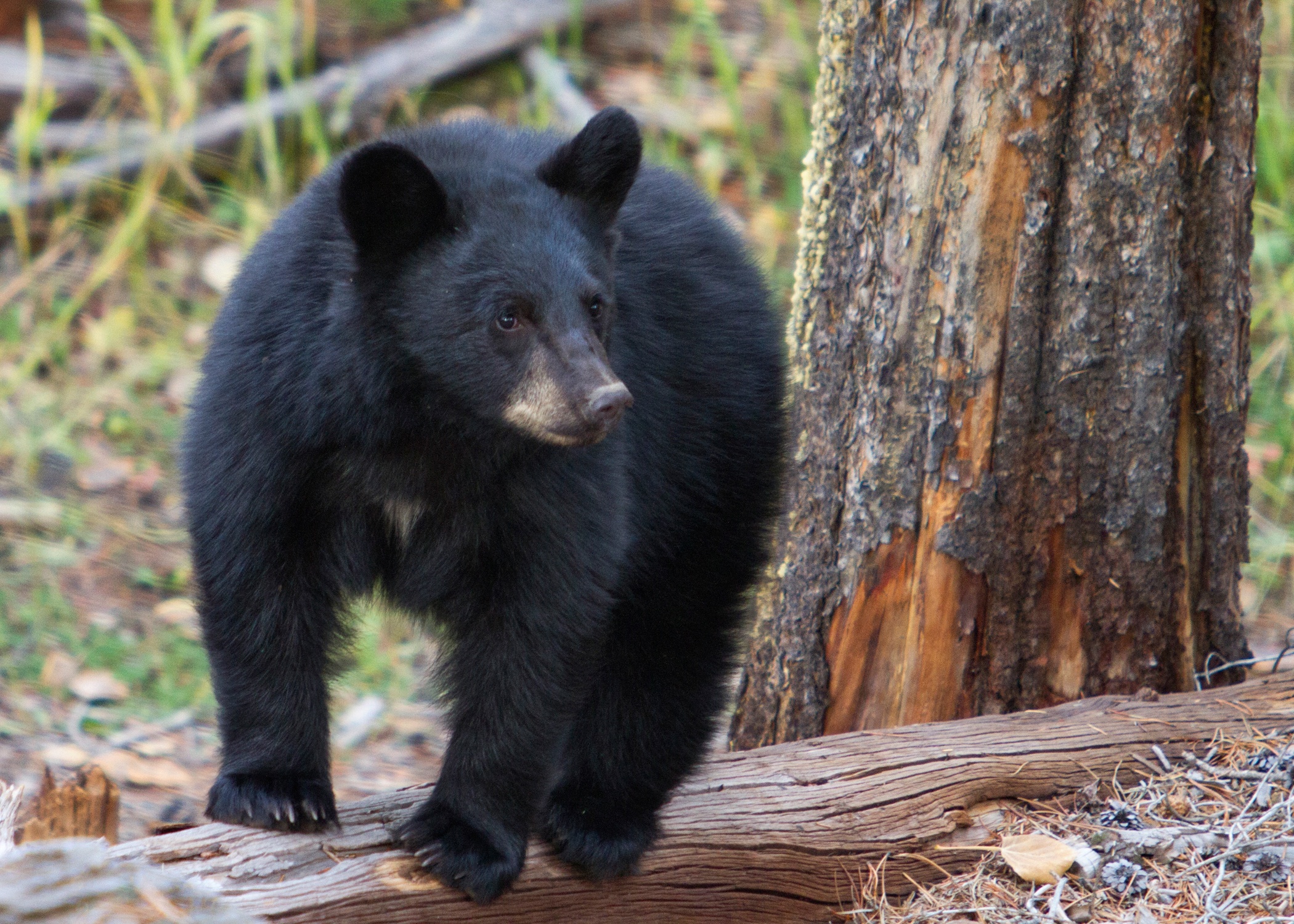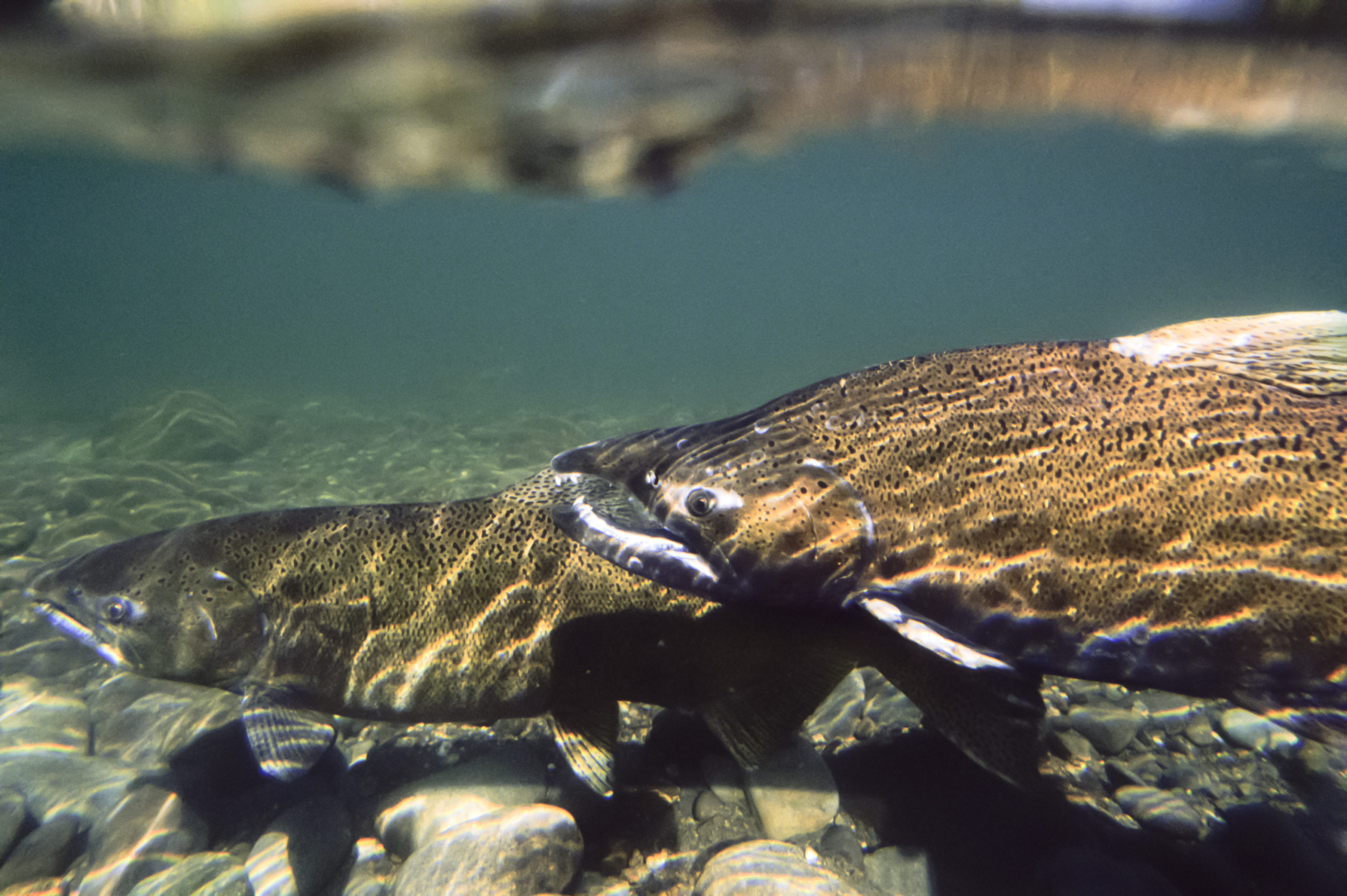We have much more to do and your continued support is needed now more than ever.
Doubling Down for Common Ground
Bipartisan action benefits salmon and stronger Northwest

Promoting clean energy, investing in 21st-century transportation solutions, supporting the long-term sustainability of farmland, and finding meaningful strategies to support salmon recovery are just a few of the items Oregon Rep. Earl Blumenauer has pursued in Congress for the past 25 years. Known for working toward durable solutions and creative collaborations, he has added another item to his to-do list: doubling down in the fight to bring abundant salmon and steelhead runs back to the Columbia River Basin.
Joining forces with Rep. Mike Simpson of Idaho, who recently introduced a comprehensive solution to save salmon by investing in Northwest energy, agriculture, and transportation upgrades, builds momentum to recover the vital natural resource that drives Oregon’s—and the Pacific Northwest’s—identity, culture, and economies.
A return to bipartisanship
As one of the most progressive leaders in Congress, Rep. Blumenauer’s partnership with Simpson, one of the most conservative members of Congress, underscores the bipartisan support for common-sense conservation, watershed health and species recovery. This partnership also highlights how the Northwest’s water, wildlife, and way of life transcend partisanship and are ideas leaders from Idaho, Oregon, and Washington all should rally around.
With endorsement from representatives on both sides of the aisle, we have a once-in-a-generation opportunity to launch the largest river restoration and salmon recovery initiative in history.
Rep. Blumenauer’s announcement doubles the muscle power in the urgent fight to recover a species that’s teetering on the brink, causing substantial instability and uncertainty for the many communities that depend upon healthy rivers and salmon runs.
A wake up call to take urgent action supported by science
The Nez Perce Tribe just released a report stating that “42% of Snake River spring Chinook and 19% of steelhead have reached the quasi-extinction threshold.” The threshold is tripped when a natural origin population of fish has 50 or fewer spawners return to natal streams for four consecutive years. In short, the runs that have been trending toward extinction since the early 1990s have reached the tipping point.

The Biden administration has committed to restore the role of science and transparency in government agencies, such as the Environmental Protection Agency. Restoring the Snake River aligns with what the science has been telling us for decades: The lower Snake River dams are heating the waters of the entire Columbia River mainstem, killing 50% of Idaho’s juvenile salmon, and contributing to the imminent extinction of Idaho’s salmon and steelhead. Scientists agree: The single-most meaningful action we can take to restore salmon runs across the region is to remove the four lower Snake River dams.
Over the past several decades local, state, and regional leaders have tried to solve this problem through habitat restoration, collaboration, and other measures to no avail. We’ve been tinkering at the edges of an ecosystem that is crying out for bold changes. Biologists fear that most of the threatened salmon runs in the Columbia River Basin are only one catastrophic event away from extinction, and in the face of climate change, the risk of an event like that increases every year.
Environmental security is economic security
More than 135 Pacific Northwest wildlife species—from black bears to giant salamanders—depend directly and indirectly on wild salmon for sustenance. The precipitous loss of wild salmon threatens the regional food web and failing to act comes at an increasingly high price to Northwest communities in terms of lost economic opportunities. More than $17 billion in taxpayer money has been spent on plans to assist salmon in navigating around the Snake River dams that were ultimately unsuccessful.

What if we were to use that money to invest in a more resilient future instead? Under Simpson’s plan for a Northwest transition, $21 billion is proposed for new infrastructure, creating and sustaining an estimated 11,000 jobs a year in the Northwest over 25 years and injecting substantial resources into the regional economy.
His plan is a boon for the outdoor recreation and fishing industries as well:
- $300 million to support tourism and economic development opportunities along the lower Snake River corridor, including revitalizing waterfronts in numerous communities
- $75 million to support a “Salmon Conservation Corps” administered through Northwest states and tribes
- $600 million in annual fish funding to support salmon restoration and conservation throughout the Columbia River Basin.
- $700 million to protect salmon runs in the upper Columbia River basin through improved fish passage, including much needed fish passage at Grand Coulee Dam.
We can right a historic wrong
Here’s another important figure: $700 million for “priority salmon investment” for Northwest tribes. Columbia River salmon are a cultural touchstone and way of life for Northwest tribes. At a time when our country is having a reckoning about social and environmental justice, this is a critical first step toward keeping the promises made to tribes.
In the words of Shannon Wheeler, chairman of the Nez Perce Tribal Executive Committee: “To us, the lower Snake River is a living being, and, as stewards, we are compelled to speak the truth on behalf of this life force and the impacts these concrete barriers on the lower Snake have on salmon, steelhead, and lamprey, on a diverse ecosystem, on our Treaty-reserved way of life, and on our people.”

Oregon loves its natural treasures, the great outdoors and the many vibrant rivers that course through the state. What’s important to Oregon is important to the region. We have choice: Abundant salmon runs or functional extinction; resilient energy or costly dam upgrades; a story we can be proud of or a memory we look back on with deep regret. With Reps. Simpson and Blumenauer leading the charge, salmon, and the many communities that rely on them, have a chance.
We have a roadmap for the future of the Northwest. Now it’s time to remove the dams and make salmon recovery and equitable solutions a reality. Join us in urging Congress and the Biden administration to prioritize this critical investment, which would build a better future for Pacific Northwesterners.
TAKE ACTION




















